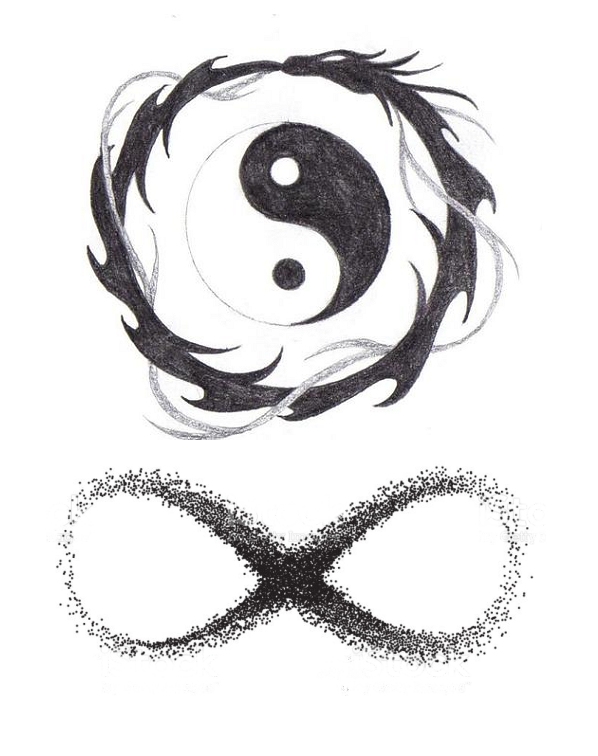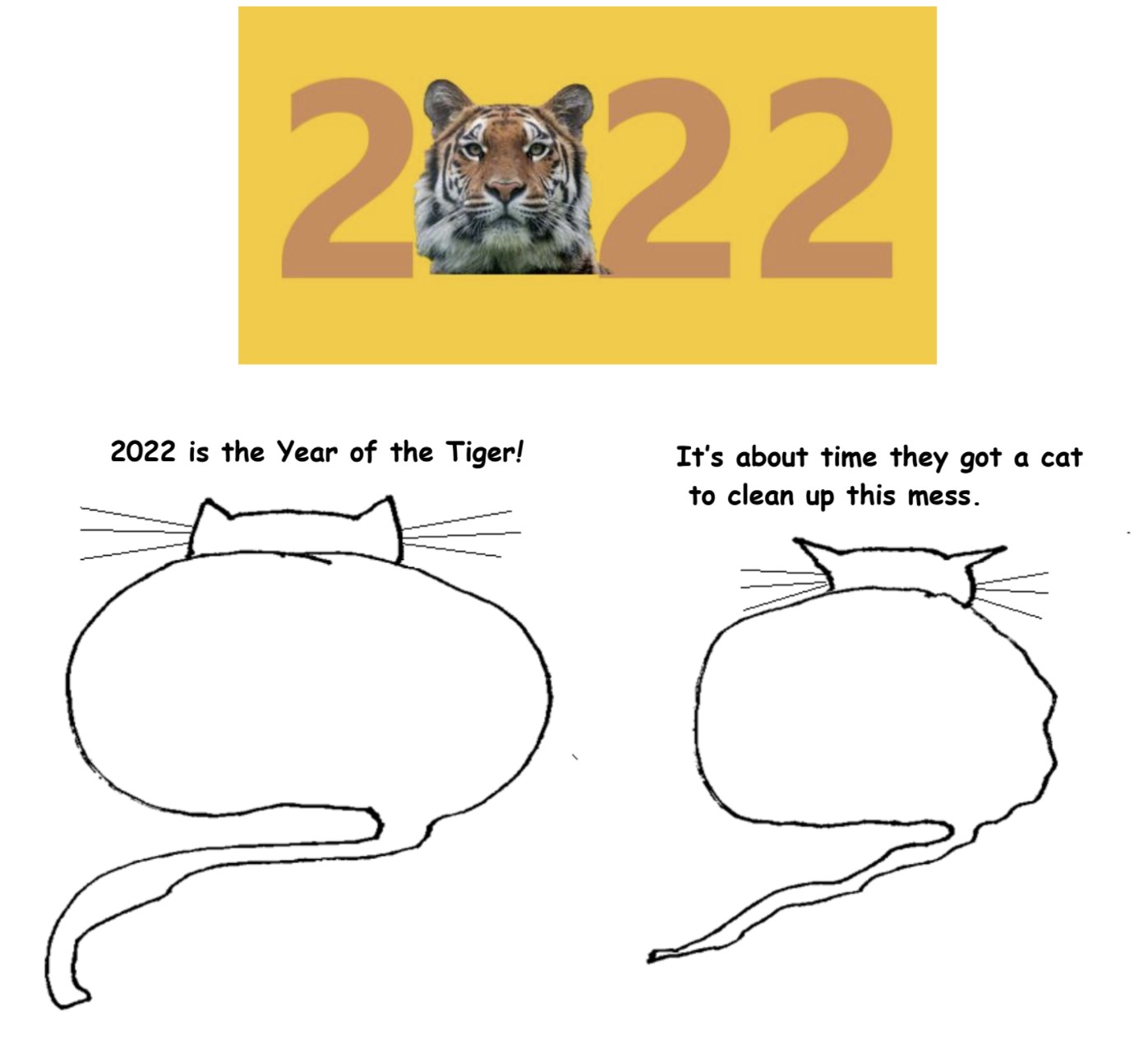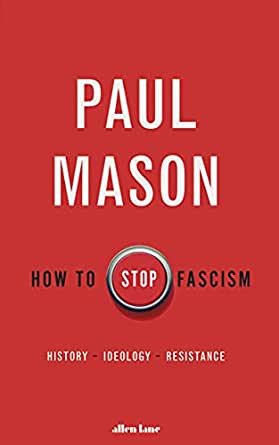by David Kordahl

Imagine, if you will, that I own a reliably programmable qubit, a device that, when prepared in some standard and uncontroversial way, has a 50/50 probability of having one of two outcomes, A or B. Now imagine also that I have become convinced of my own telekinetic powers.
Suppose that the qubit has been calibrated within an inch of its life, and I have good reason to believe that the odds for the two possible outcomes, A or B, are in fact equally matched. My telekinetic powers, on the other hand, are weak—not strong enough to make heads explode like that guy in Scanners, nor strong enough to levitate chalk like in Matilda. Yet neither am I powerless. If I reign myself in—no more than a few attempts per night (I take care not to tire myself), and no counting tries when my juju’s off (remember, my gifts are unremarkable)—then I have been able, through intense concentration and force of will, to favor outcome A just slightly, just barely bumping its odds up, let’s say, from 50.0% to 50.1%.
Squinting, I claim statistical significance. But when I share these findings with you, my scientifically trained colleague, you are unimpressed.
Okay, but why not? I might insist that experimental controls have been properly implemented. I might even allow you to propose a list of criteria for a follow-up experiment. I might grow impatient, and thrust papers at you on meta-analyses of the para-psychological literature, and pass you a copy of Synchronicity—or at least my review of it—showing how the founders of quantum mechanics were themselves interested in psi effects. Look, I might huff, have you not read Freeman Dyson on the possibility of ESP? Have you not noticed that even critics suggest further study?
I hope this description does not describe the way that I actually behave. But why not? What about this response, rudeness aside, would be so bad? Read more »




 Sughra Raza. Rainy Reflection Self-portrait for 2022.
Sughra Raza. Rainy Reflection Self-portrait for 2022. January, 2022. East End, Long Island, NY. It’s getting colder. I just recovered from a bout with COVID. I am sitting around the fire pit sipping tequila, drinking homemade bone broth from a mug, and watching lists of very important dead people, ripped from various newspapers and magazines, burn in the fire. Life is good.
January, 2022. East End, Long Island, NY. It’s getting colder. I just recovered from a bout with COVID. I am sitting around the fire pit sipping tequila, drinking homemade bone broth from a mug, and watching lists of very important dead people, ripped from various newspapers and magazines, burn in the fire. Life is good. Three things we know about #BLM, two obvious, one a bit more subtle.
Three things we know about #BLM, two obvious, one a bit more subtle.

 2022 is alive, a babe come hale and hollering to join its sisters 2020 and 2021, siblings bound by pandemic. Everybody stood to see off 2022’s older sister 2021, like we all did 2020 before her. Out with the old. Quickly, please.
2022 is alive, a babe come hale and hollering to join its sisters 2020 and 2021, siblings bound by pandemic. Everybody stood to see off 2022’s older sister 2021, like we all did 2020 before her. Out with the old. Quickly, please.
 At my ISI office there were several good economists. Apart from TN, there was B.S. Minhas, Kirit Parikh, Suresh Tendulkar, Sanjit Bose (my friend from MIT days), V.K. Chetty, Dipankar Dasgupta, and others. Of these in many ways the most colorful character was Minhas. A shaved un-turbaned Sikh, he used to tell us about his growing up in a poor farmer family in a Punjab village, where he was the first in his family to go to school. He went to Stanford for doctorate, before returning to India. He relished, a bit too much, his role as the man who spoke the blunt truth to everyone including politicians, policy-makers and academics. He illustrated his Punjabi style by telling the Bengalis that he had heard that in Bengal when a man had a tiff with his wife, he’d go without food rather than eat the food his wife had cooked; he said at home he did quite the opposite: “I go to the fridge, take out my food and eat it; then if I am still upset, I go to the fridge again and take out my wife’s food and eat it all up—serves her right!”
At my ISI office there were several good economists. Apart from TN, there was B.S. Minhas, Kirit Parikh, Suresh Tendulkar, Sanjit Bose (my friend from MIT days), V.K. Chetty, Dipankar Dasgupta, and others. Of these in many ways the most colorful character was Minhas. A shaved un-turbaned Sikh, he used to tell us about his growing up in a poor farmer family in a Punjab village, where he was the first in his family to go to school. He went to Stanford for doctorate, before returning to India. He relished, a bit too much, his role as the man who spoke the blunt truth to everyone including politicians, policy-makers and academics. He illustrated his Punjabi style by telling the Bengalis that he had heard that in Bengal when a man had a tiff with his wife, he’d go without food rather than eat the food his wife had cooked; he said at home he did quite the opposite: “I go to the fridge, take out my food and eat it; then if I am still upset, I go to the fridge again and take out my wife’s food and eat it all up—serves her right!”
 In today’s political world where liberal democracy is purported to have triumphed and ‘the end of history’ is supposed to be with us, many people might be content to rest on their laurels that fascism has been confined to the dustbin of political history, and at most its supporters on the fringe of contemporary politics. Not so however, for Paul Mason. For him ‘fascism is back’ and poses a real threat to democracies. Indeed, so convinced is he of his argument that fascism is emerging as a force to be reckoned with, his recent book How to Stop Fascism: History, Ideology, Resistance is a call to arms for greater understanding of its modern manifestations, and to resist its influence in politics.
In today’s political world where liberal democracy is purported to have triumphed and ‘the end of history’ is supposed to be with us, many people might be content to rest on their laurels that fascism has been confined to the dustbin of political history, and at most its supporters on the fringe of contemporary politics. Not so however, for Paul Mason. For him ‘fascism is back’ and poses a real threat to democracies. Indeed, so convinced is he of his argument that fascism is emerging as a force to be reckoned with, his recent book How to Stop Fascism: History, Ideology, Resistance is a call to arms for greater understanding of its modern manifestations, and to resist its influence in politics. In
In 
 Dorothea Tanning. Notes for An Apocalypse, 1978.
Dorothea Tanning. Notes for An Apocalypse, 1978.
